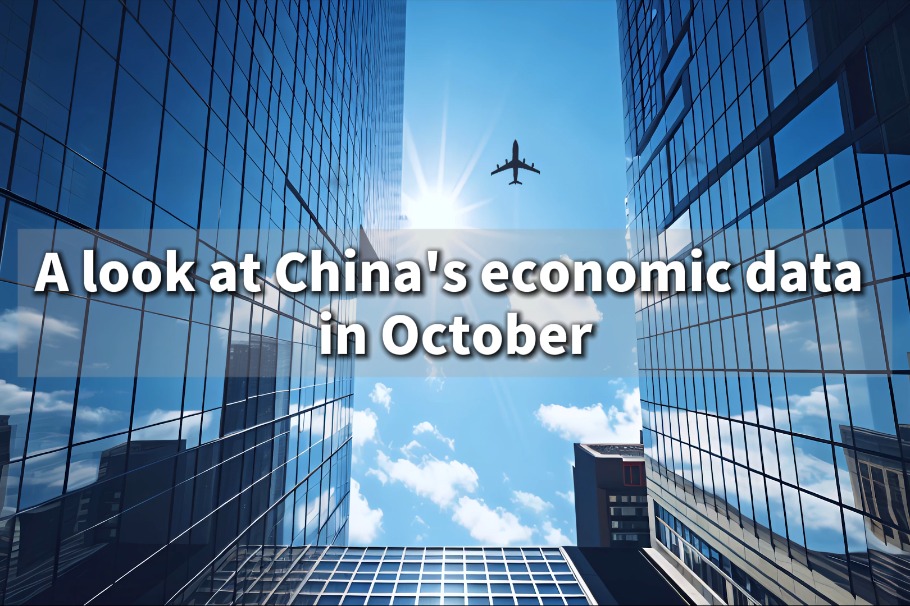Flash-charging gaining ground


Firms ramp up efforts to find quicker solutions to enhance battery power
Chinese smartphone companies are working on flash-charging technologies in the hope of safely solving battery issues for consumers who are spending more time on their handsets.
Smartphone maker Oppo has unveiled its 125W Flash Charge technology, which the company said can charge a 4,000 milliampere hour battery up to 41 percent in just five minutes and fully charge it in 20 minutes.
Despite the fast charging speeds, Oppo claimed its new technology would not affect the battery as its life expectancy had been maintained at 80 percent after 800 charging-discharging cycles.
The move came as Oppo's peers Huawei Technologies Co, Xiaomi Corp and Vivo have also launched similar fast-charging technologies.
Vivo said its latest smartphone powered by 120 watt flash charge technology will be officially unveiled in August.
The competition in flash charging has intensified because the more time people spend on their smartphones, the faster their handsets run out of power.
To combat this, manufacturers are working on fast charging technology to shorten charging times while ensuring safety.
Xiang Ligang, director-general of telecom industry association the Information Consumption Alliance, said fast-charging usually generates a lot of heat and it takes a string of advancements in research and development to ensure the safety of batteries.
Oppo said its new fast-charging technology includes five-fold safety protection measures. The company has designed a customized intelligent chip, 10 new temperature sensors and a 128-bit encryption algorithm to deliver a fast, safe charge.
In order to protect the power cell and the smartphone, the design comes with three parallel charge pumps that split the power. As a result, all the new additions maintain the body temperature of devices under 40 C during the charging process, Oppo added.
Vivo also said it has come up with a liquid cooling system that helps regulate the phone's temperature while fast charging, and its battery cells are lined up in a specific array to ensure safety.
Flash charging's increasing importance also dovetails with the growing popularity of 5G smartphones which consume more power than 4G counterparts.
In the second quarter of this year, one in three smartphones sold in China was a 5G phone, the market research company Counterpoint Research said.
Zhang Mengmeng, an analyst at Counterpoint Research, said Chinese smartphone vendors and telecom operators are actively pushing 5G smartphones by lowering prices of 5G devices as well as 5G data plans.
This has increased the adoption of 5G, with 33 percent of total smartphones sold during the quarter being 5G-supported devices, the highest adoption rate in the world.
That was a significant jump from 16 percent in the first quarter. The proportion was even higher in June, where more than 40 percent of smartphones sold were 5G capable, Zhang said.
The 5G smartphones in China are still priced in the mid-to-high price range of $400 and above. But 5G smartphone prices are quickly moving toward lower-tier price bands, Zhang added.
The strong performance of 5G smartphones did not offset the decline of the overall market. Although China's commercial activities have resumed since the pandemic has subsided, consumer confidence remains low, the report said, adding that smartphone sales in China declined 17 percent year-on-year in the second quarter.
From April to June, Huawei continues to be the best performer in the China smartphone market, grabbing a 46 percent share. It was followed by Vivo and Oppo, which captured 16 percent and 15 percent of market share, respectively.
Huawei achieved 14 percent year-on-year growth despite the overall market slowdown as its hefty investment in expanding distribution networks both online and offline has paid off, Counterpoint said.
Apple was the fastest-growing major smartphone vendor during the second quarter. It grew an impressive 32 percent year-on-year due to the continued popularity of the iPhone 11 series and price cuts.
But when it came to market share, Apple was ranked only fourth with a market share of 9 percent, research from Counterpoint showed.




































